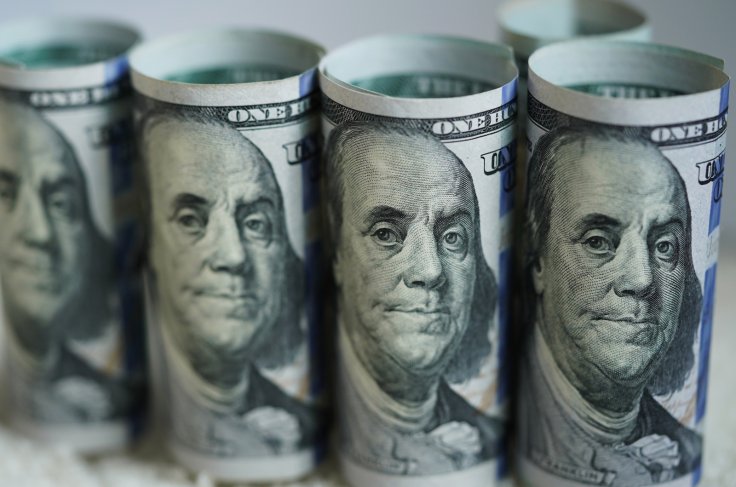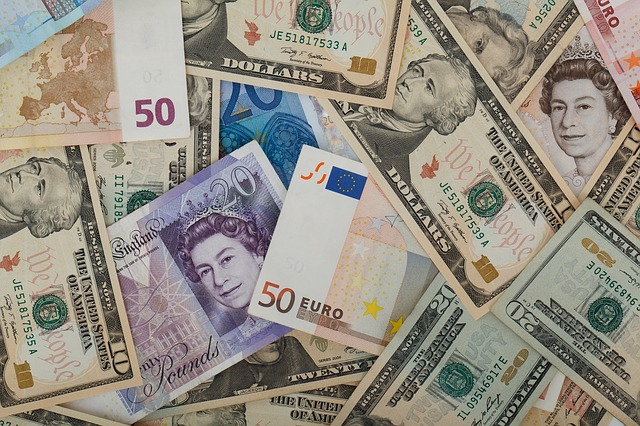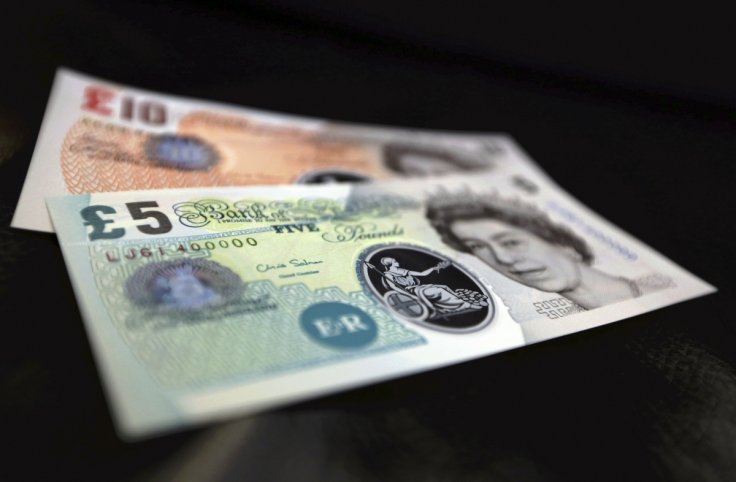Is the US dollar rally ending and the start of a long decline on the cards. There are analysts who think that is the case, despite the greenback racing to its strongest position in 20 years.
On Monday, the US dollar rose to a 20-year peak against a basket of currencies, driven by Federal Reserve boss Jerome Powell's comments at the Jackson Hole speech that indicated the central bank was on the road to raising interest rates further as it fights runaway inflation.
As the greenback's rise sent major currencies to new lows, the dollar index picked up a fresh two-decade peak of 109.4 in early Asia trade on Monday.

Crushing Yen, Yuan, Euro and Sterling
The dollar was at 138.59 against the Japanese yen, which is the highest since July 2021. The Chinese yuan dropped to a new low of 6.9321 against the dollar.
The British Sterling plunged to a two-and-a-half-year low of $1.1656 against the dollar while the euro fell 0.36 per cent to $0.9929.
The Australian dollar was down 0.55 percent to $0.6853, while the New Zealand dollar came down to a one-month low of $0.6105.
Will it Go On?
So, is this dollar rally going to go on? Some experts think that is not the case. According to an analysis in the Financial Times, more gains for the greenback are unlikely.

Ruchir Sharma, chair at Rockefeller International, draws parallels to what happened 20 years ago when the dollar continued rising after the dotcom bust and a stock crash. However, the unprecedented surge ended soon and the greenback entered a long phase of decline that lasted six years.
"A similar turning point may be near. And this time, the US currency's decline could last even longer," he wrote in FT.
Upswing Cycle Length
Here are some pointers that he goes by. First, the analyst notes that typically, since the 1970s, a dollar upswing cycle lasts about seven years. However, the current upswing has entered the 11th year.
Current Account Deficit
The second pointer is the US current account deficit. America's current account deficit is now close to 5 percent, a threshold which was witnessed only once since 1960. The only time the current account deficit crossed that barrier was in 2001, the year when the decline started.
Increasing US Debt
Another sign that the dollar may not hold its sway for too long is the US debt scenario. The report points out that the US debt stands at a staggering $18 trillion, which accounts for more than 70 percent of the GDP of the world's wealthiest nation. Generally nations experience currency fluctuations when the debt level breaches the 50 percent limit.
Yet another factor that may affect the dollar rally is the projected downtrend in the US economy's growth rate.
Reserve Currency Status
The argument in favour of the US dollar is that greenback is the world's reserve currency and that this status insulates it from immediate currency risks. However, the heft the greenback has held as the reserve has also been on the decline. The greenback's share of the foreign exchange reserves of other countries now stands a tad below 60 percent.

While the share of Japanese Yen, UK Pound Sterling and the Euro as the world's reserve currency has been steadily increasing, Canadian dollar, the Aussie the Swiss franc and the Chinese Yuan now hold 10 percent of the global reserves. For perspective, their combined share in 2001 was just 2 percent.









